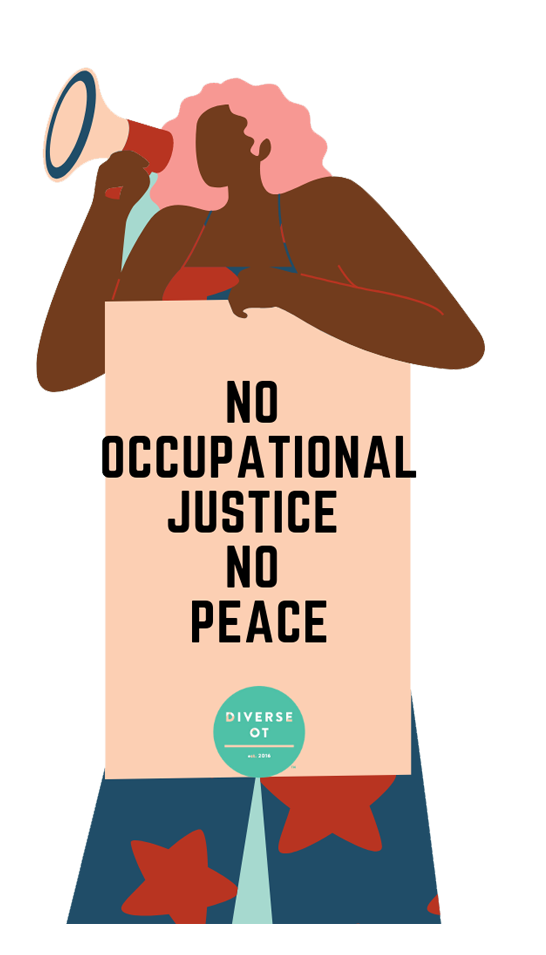
Intersections of Health & Culture
- Black, R. M. (2002). Occupational therapy’s dance with diversity. American Journal of Occupational Therapy, 56(2), 140–148. http://doi.org/10.5014/ajot.56.2.140
- Davidson, R. J., & McEwen, B. S. (2012). Social influences on neuroplasticity: Stress and interventions to promote well-being. Nature Neuroscience , 15 (5), 689–695. https://doi.org/10.1038/nn.3093
- Fiscella, K., & Sanders, M. R. (2016). Racial and ethnic disparities in the quality of health care. Annual review of public health, 37, 375-394.
- Fisher, S. (2005). The Canadian Occupational Performance Measure: Does it address the cultural occupations of ethnic minorities? The British Journal of Occupational Therapy, 68(5), 224–234. http://doi.org/10.1177/030802260506800506
- Fitzgerald, M. H. (2004). A dialogue on occupational therapy, culture, and families. American Journal of Occupational Therapy, 58(5), 489–498. http://doi.org/10.5014/ajot.58.5.48
- Krahn, G. L., Walker, D. K., & Correa-De-Araujo, R. (2015). Persons with disabilities as an unrecognized health disparity population. American journal of public health, 105(S2), S198-S206
- Magasi, S., & Hammel, J. (2009). Women with disabilities’ experiences in long-term care: A case for social justice. American Journal of Occupational Therapy, 63(1), 35–45. http://doi.org/10.5014/ajot.63.1.35
- National Scientific Council on the Developing Child. (2010). Early experiences can alter gene expressions and affect long-term development: Working paper no. 10. https://doi.org/http://www.developingchild.net
- Peterson, C. Q., & Nelson, D. L. (2003). Effect of an occupational intervention on printing in children with economic disadvantages. American Journal of Occupational Therapy, 57(2), 152–160. http://doi.org/10.5014/ajot.57.2.152
- Thomas, D. C., Elron, E., Stahl, G., Ekelund, B. Z., Ravlin, E. C., Cerdin, J.-L., Poelmans, S., Brislin, R., Pekerti, A., Maznevski, M., Au, K., & Lazarova, M. B. (2008). Cultural intelligence: Domain and assessment. International Journal of Cross Cultural Management, 8(2), 123–143. http://doi.org/10.1177/1470595808091787
- Ware, N. C., Hopper, K., Tugenberg, T., Dickey, B., & Fisher, D. (2007). Connectedness and citizenship: Redefining social integration. Psychiatric Services , 58 (4), 469–474. https://doi.org/10.1176/ps.2007.58.4.469
- Wells, S., Black, R., & Gupta, J. (2016). Culture and occupation: Effectiveness for occupational therapy practice, education, and research. American Occupational Therapy Association.


